Unlocking the Secrets of the 5 Moments of Hand Hygiene: Your Armor Against Infections in Healthcare
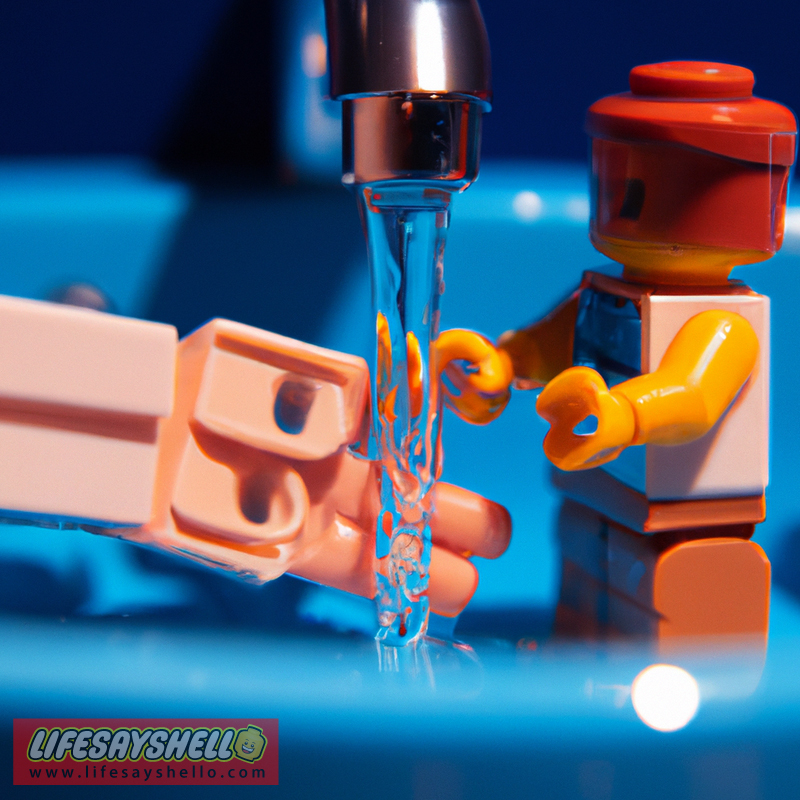
Alright everyone, let's jump into the fascinating world of healthcare by exploring something that's so straightforward, but so incredibly crucial – hand hygiene. You might think, "Seriously? Washing hands? What's the big deal?" But trust me, there's more to it than you think. So let's dive in!
Introduction
When you think of healthcare – hospitals, clinics, and the like – the words 'clean' and 'sterile' probably come to mind. And you know what? That’s what they should be.
But it's not magic that keeps them that way; it's the concerted effort of healthcare professionals practicing good hygiene, and above all, hand hygiene.
The glue binding this all together is a method known as the '5 Moments of Hand Hygiene'.
These crucial moments are like your favorite band coming together for the biggest concert of the year - when done right, it's a harmonious symphony that keeps infections at bay and patients safe.
Moment 1: Before touching a patient
Now, imagine this. It's a beautiful day, and you're hanging out with your crew. You've just eaten some finger-lickin’ good chicken wings, and your hands are a mess. Would you play rock-paper-scissors now? Likely not, because you'd get the flavors all over your friends too! The same logic applies in healthcare settings.
Before touching a patient, clean hands aren't just polite; they’re an absolute must. Touching a patient with unclean hands is like serving a dish of invisible, nasty germs. And in this case, these germs can make patients sicker than they already are.
So, what’s the deal? Hands come in contact with countless surfaces throughout the day, picking up bacteria, viruses and other microorganisms. Imagine this - you're typing away on a shared keyboard, opening doors, shaking hands, these can all allow germs to hitch a free ride on your hands.
The next thing you know, your unwashed hands are holding a stethoscope, poised to examine a patient. Germs jump from your hands to the patient, causing potential harm. This is why hand hygiene before touching any patient is so crucial.
Moment 2: Before clean or aseptic procedures
Ever baked a cake with dirty utensils or an unclean oven? Yeah, not only does it sound gross, but it's also likely to ruin the cake. Aseptic and clean procedures in healthcare are a lot like baking - you've got to ensure everything is squeaky clean before you start. For healthcare professionals, this means washing hands thoroughly. Why?
Well, imagine inserting an IV or applying a dressing with filthy hands. The germs on your hands instantly get a first-class VIP pass into someone’s body - not really the surprise anyone's looking for.
When it comes to procedures like changing dressings, inserting an IV line, or accessing a bloodstream for injection - think of these as open doors where germs could enter if not guarded correctly.
Healthcare providers need to ensure they don’t introduce infections while performing such tasks. So the rule of thumb here stands - always clean your hands thoroughly before any clean or aseptic tasks.
Moment 3: After body fluid exposure risk
Let's say you've played with a muddy puppy, but now it's bath time. Would you do it without first washing your hands?
You'd probably want to get the mud off before cleaning the pup. The same goes for healthcare. Any contact with a patient's body fluids like blood or saliva requires washing hands immediately afterwards.
It prevents both, micro-germs from having a party on your skin, and you from accidentally becoming the courier of infectious germs.
You see, there's a lot more to body fluids than meets the eye, well, for one, they carry pathogens. And these pathogens can cause some nasty infections.
So, it's not just about not wanting to be covered in potentially infectious material; it's about cutting the transmission route.
When you wash your hands after potential exposure to body fluids, you’re basically building a brick wall between these microorganism invaders and their potential hosts.
Moment 4: After touching a patient
Just like you wouldn't want to go around touching everything after handling raw chicken without washing your hands, after touching a patient, washing hands is crucial. No matter how hygienic the patient may be, harmful microorganisms can lurk anywhere.
So, washing hands protects the healthcare workers and everyone else they come across after that.
Fact of the day! Did you know your skin is like a natural barrier against infectious diseases? But this protection isn't 100%. Once you touch a patient, your hands can pick up some of the bacteria or viruses present on their body.
So just like you would clean your paintbrush after painting, washing hands helps you remove these microorganisms, preventing them from hitching a ride to innocent objects or, worse, other patients.
Moment 5: After touching patient surroundings
Humans shed millions of skin cells and bacteria every hour. So, when we talk about a patient’s surroundings, think about a galaxy of micro-germs covering everything from bed rails, doorknobs, to medical equipment.
Washing hands after touching any object in a patient's vicinity is as important as washing after direct patient contact. Because these germs don’t discriminate and will happily stick to anyone!
Yep, it’s not just about what you see, it’s also about what you don’t see. Those perfectly clean-looking bed rails, chairs, nightstands, and other patient surroundings can have germs.
And they’re not just hanging out, they might be planning their next leap – onto your hands! Washing your hands post-touching a patient’s surroundings is like throwing these germs off the bus and preventing a possible germ attack.
Strategies for implementing the 5 Moments of Hand Hygiene
Just like any good habit, consistency is key when it comes to practicing the 5 Moments of Hand Hygiene. So, how can healthcare workers do so? Regular training, visual reminders, and a healthy work culture that recognizes the importance of hand hygiene are just a few examples.
With practice, these moments can become second nature, providing an invaluable defense against the spread of infections.
Creating a kind of ‘hand hygiene culture’ is key. From educational sessions and reinforcement activities to regular audits, it all matters. Put reminders in places where they’ll be seen. Equip healthcare facilities with enough hand hygiene resources, like hand rub dispensers at the point of care.
And most importantly, engage everyone on the team in maintaining hand hygiene. It’s when everyone catches the hand hygiene bug that real, long-lasting change happens!
Conclusion
At the end of the day, the 5 Moments of Hand Hygiene, despite their simplicity, hold the power to prevent infections and ensure safer healthcare environments.
Healthcare is all about caring and protecting. While we’ve been focusing on hospitals, these 5 Moments of Hand Hygiene can apply to all healthcare settings, from nursing homes to outpatient clinics – even home care.
So whether you’re a healthcare professional or someone who just cares about staying healthy, it’s time to upgrade your hand hygiene game.
Remember, it’s as easy as 1-2-3…4-5! Clean hands may just be the most under-rated superheroes saving lives!
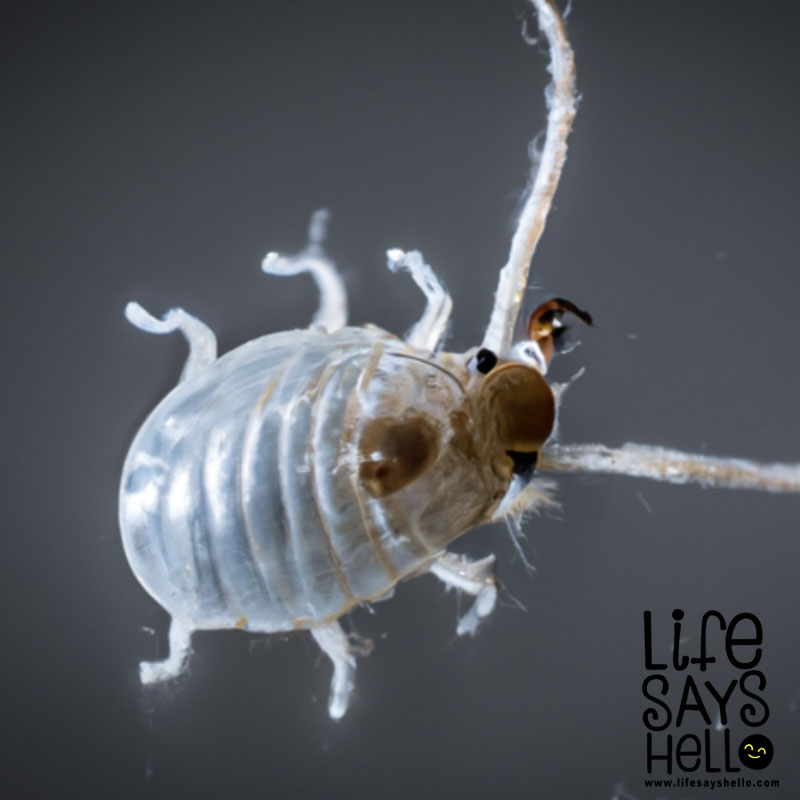
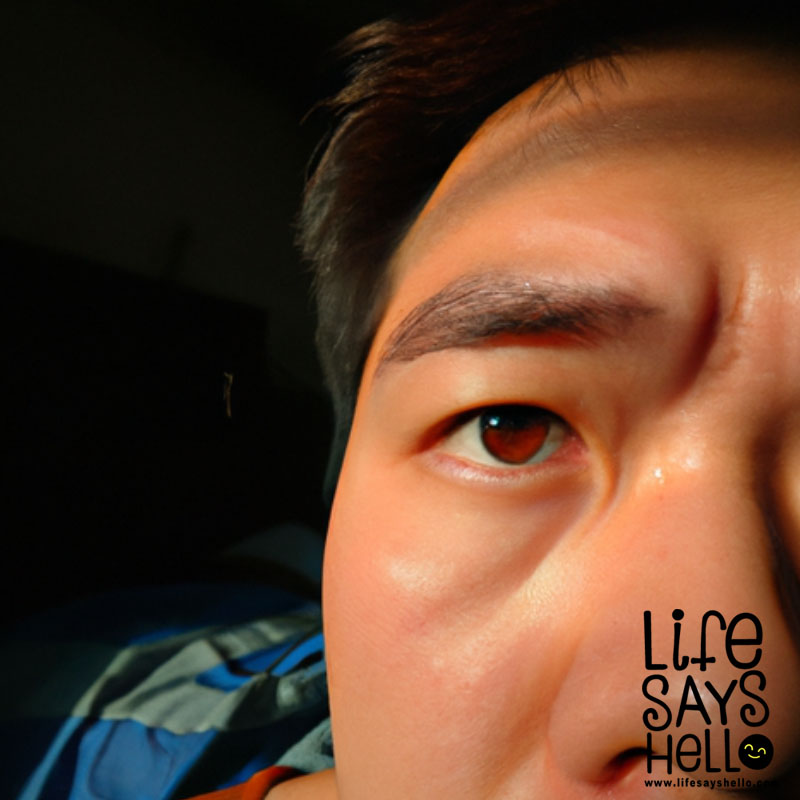
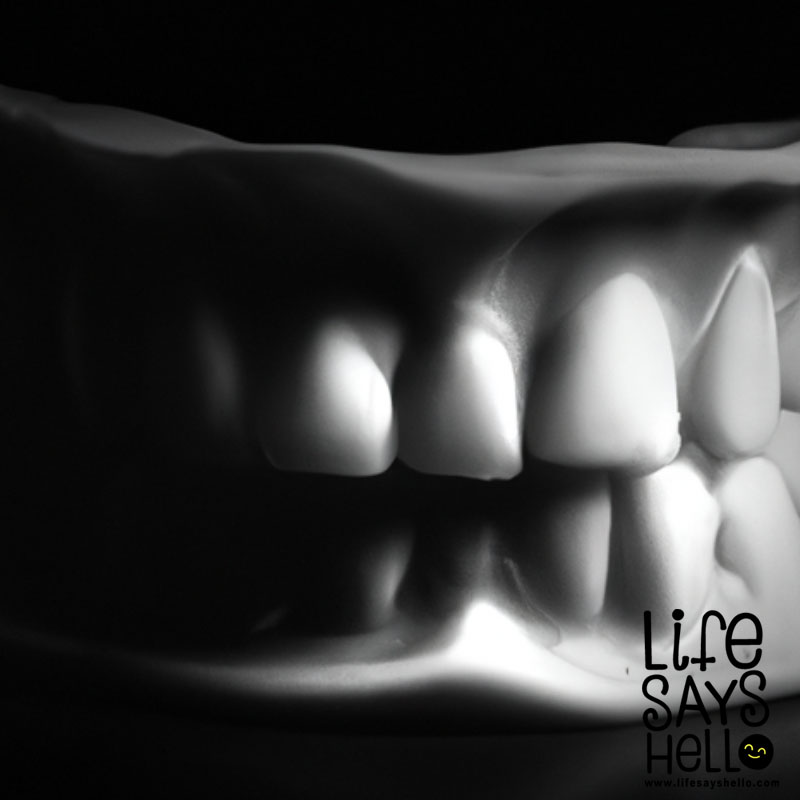
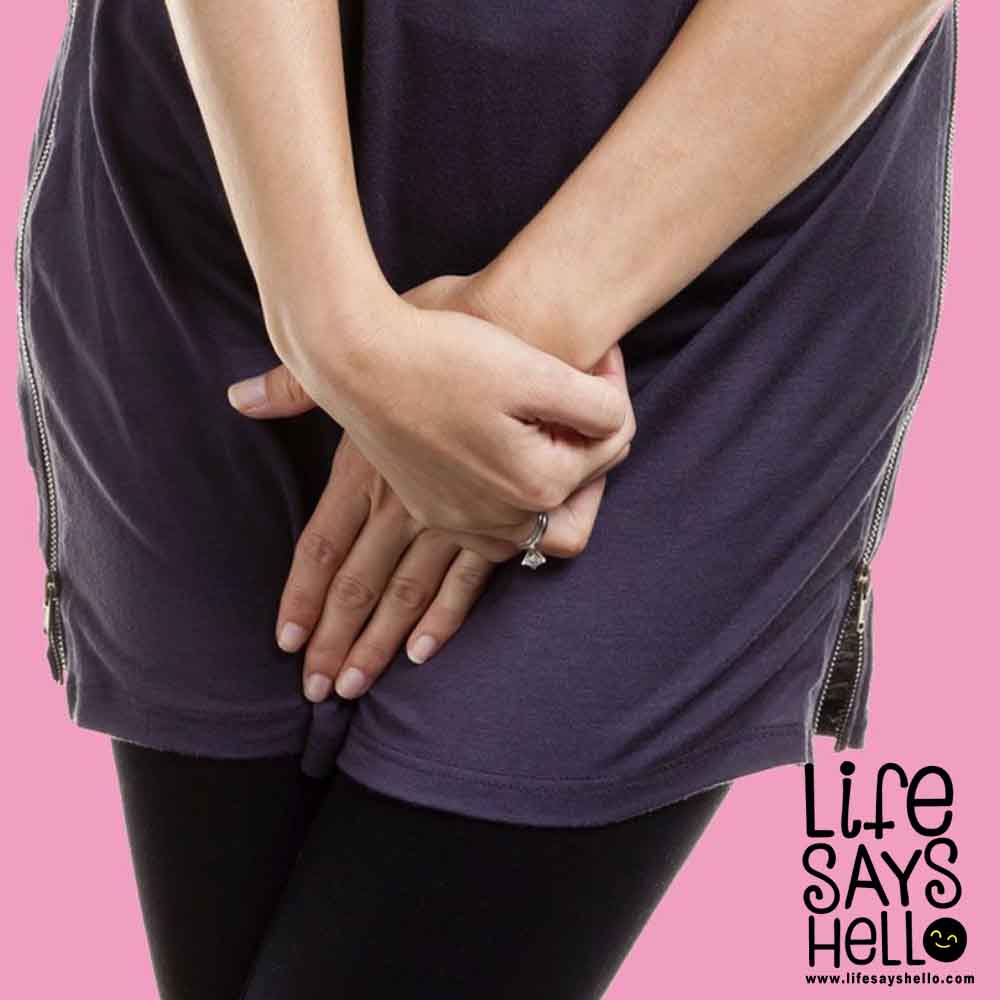
Comments